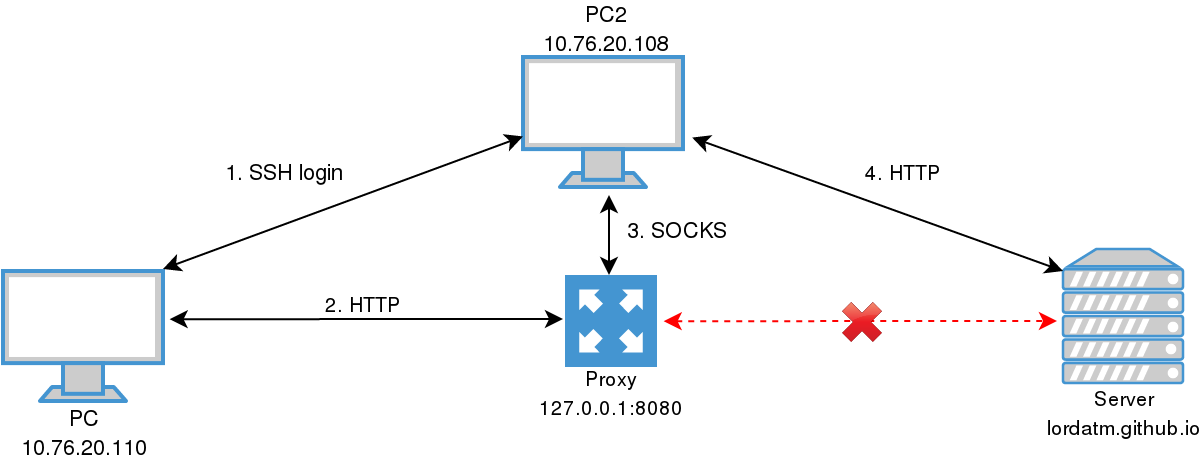

- #ANDEOID MAKE SINGLE APP USE SSH TUNNEL HOW TO#
- #ANDEOID MAKE SINGLE APP USE SSH TUNNEL ANDROID#
- #ANDEOID MAKE SINGLE APP USE SSH TUNNEL MAC#
- #ANDEOID MAKE SINGLE APP USE SSH TUNNEL WINDOWS#
Any other ZeroTier gotchas would be appreciated in case I have to dodge something in the future.
#ANDEOID MAKE SINGLE APP USE SSH TUNNEL ANDROID#
Now my question is: using the Android Emulator's browser how can I open the same page since it sharing the same properties as my PC I hope I made my self clear enough if you have any questions please let me know. Hope this detailed anecdata helps someone, I'm glad to be in a position to try to give back to the community by sharing my experience. 1 I have my machine SSH tunneled to a VPN and I am able to open the browser and access a webpage from that VPN. VPN connections, ZeroTier includes some off-puttingly complex access control configuration mechanism I will probably never look into. Re: access control brought up in another comment contrasting exposing only SSH vs. It's 50 hosts + 1 admin per network for free, unlimited networks (unless you setup your own "controller"/proxy).

As in currently 100's of MB's I can't think of why would have passed through.
#ANDEOID MAKE SINGLE APP USE SSH TUNNEL MAC#
Mac Activity Monitor shows unexpectedly high amounts of traffic even though I use it very rarely, it's not clear what's going on within that network. Did not work with minimal effort from the local public library. This article will cover some basic theory, which you can skip if you like just by going straight to the examples further down. Open it and add the IP (or dynamic domain name as suggested above) and the port on which ssh server is running to the bottom and connect.
#ANDEOID MAKE SINGLE APP USE SSH TUNNEL HOW TO#
Less attention to their encryption implementation than the current hotness (WireGuard). Introduction In this article, youll learn how to create a safe, encrypted tunnel between your computer and your VPS along with how to bypass limits in a corporate network, how to bypass NAT, etc. Install an app called connectbot from the android marketplace. To do this, launch ConnectBot and establish a connection to an SSH server. Testing Environment: For the purpose of this article, we are using the following setup: Local Host: 192.168.43.31 Remote Host: Linode CentOS 7 VPS with hostname. You need to set each web-accessible app to specifically use the tunnels. Being able to access a machine without staying logged in was table stakes so I decided Tailscale needed more time to bake. Im trying to create a tunnel with ssh -L 8080:192.168.39.113:80 username10.0.0.205, but Im still unable to to connect to the web app from the hosts browser when I go to 10.0.0.205:8080. This SSH client app can be used to set up an SSH tunnel by configuring a so-called port forward. Setting up an SSH tunnel doesnt automatically route your traffic through it.
#ANDEOID MAKE SINGLE APP USE SSH TUNNEL WINDOWS#
IIRC, I tried both ZeroTier and Tailscale but at the time Tailscale did not yet have a simple setup to run as an unattended Windows service (and still does not have the equivalent for Mac). I guess newer ZeroTier versions optionally have DNS covered these days but I haven't looked into it. I actually setup DNS entries resolving to private IPs as configured in ZeroTier so I didn't have to login to dig them up but my default DNS provider won't resolve them. won't exactly know why it's failing to connect, receive data, etc.).> Question: do you use a different tool which require no maintenance or cost to run?Īnswer: ZeroTier - on Mac, Linux (home & cloud), Windows, Android It really will depend on your app., personally I would not recommend VPN as it adds another layer which is likely to fail in strange ways (i.e. This is similar to SSH, but opens a connection through which other safe connections can be mode. If your phone is not already rooted, we strongly recommend reading our guide on the subject, How to Root Your Android Device & Why You Might Want To, as it both covers the basics of rooting and shows you how to do so. Of course, all the communications have to happen encrypted (TLS 1.2 or better). First, to properly configure and deploy SSH Tunnel for Android, you need to have root access on your Android phone. On this screen you can configure the ports to be used for tunneling.

Once connected, press the menu button and select the icon which says Port Forwards. Then each time the phone wants to access your server, it sends that cookie which identifies the phone as an allowed user. Open it and add the IP (or dynamic domain name as suggested above) and the port on which ssh server is running to the bottom and connect. The server generates a unique session identifier (such as a UUID, it has to be large enough and best possible randomness to be secure) and sends that to the user's phone. The only way that works in the current world is by having the customer connect to your server. That's practical if you are connecting two servers together, or a client you control and a server. I'm not too sure who told you about using an SSH tunnel.


 0 kommentar(er)
0 kommentar(er)
